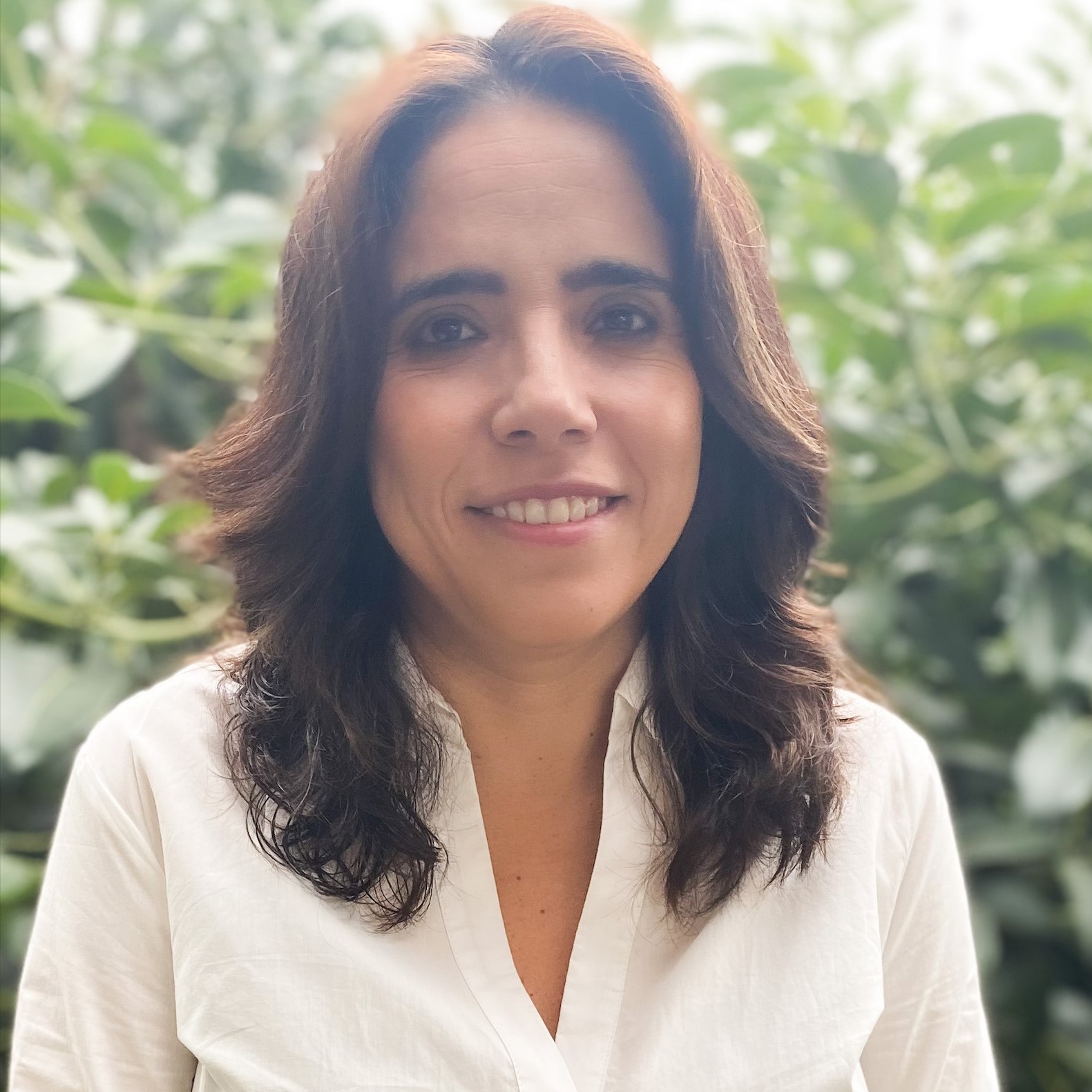
by Itala Yepez, Community Strategy Director
November 10, 2023In the face of increasing environmental challenges, the spotlight is on how human activities can harmonize with the natural world. A pivotal concept steering this narrative is Sustainable Development, which underscores a balanced approach to economic growth, social inclusion, and environmental protection.
Defining Sustainable Development:
Sustainable Development is a multi-dimensional approach that seeks to meet the needs of the present generation without compromising the ability of future generations to meet their own needs. It encapsulates economic prosperity, social equity, and environmental integrity as its core objectives. This model propels communities and nations towards growth trajectories that are ecologically sound, socially just, and economically viable. By recognizing the interdependence of economic, social, and environmental objectives, sustainable development promotes holistic solutions to complex global challenges.
The conservation of biodiversity is a linchpin in the sustainable development narrative. It’s not merely an ethical obligation towards other life forms, but a practical necessity for human survival and prosperity. The natural world provides essential resources, like food, water, and medicine, along with ecological services such as pollination of crops, decomposition of waste, and control of diseases.
The Confluence between Conservation and Economic Development:
Local communities, especially in biodiverse regions, hold a crucial role in environmental conservation. Their livelihood often is intrinsically linked to natural resources. Therefore, development strategies that incorporate biodiversity conservation are not only viable but essential. Sustainable development projects can generate employment and foster the local economy, while preserving natural resources and promoting environmental education.
Exemplifying Sustainability: Inspiring Projects
Ecotourism:
In Costa Rica, ecotourism is a significant source of income and has contributed markedly to biodiversity conservation. This model promotes environmental education, generates local employment, and encourages the preservation of protected areas.
Sustainable Agriculture:
Projects like agroforestry in Kenya integrate agriculture with forest conservation. Farmers are incentivized to plant trees and crops in a manner that preserves soil health and reduces erosion.
Renewable Energy:
Communities in India are transitioning towards the use of renewable energies. By harnessing solar and wind energy, these communities reduce their dependence on fossil fuels, promoting a low-carbon economy.
Community Resource Management:
In Namibia, local communities are empowered to manage their own natural resources through community conservancies. This initiative has promoted wildlife conservation and generated income through sustainable tourism.
The Path Forward:
The key to successful sustainable development lies in careful planning, environmental education, and the active participation of local communities in decision making and programs/projects implementation. By adopting clean technologies, sustainable agricultural practices, and inclusive economic models, it’s possible to forge a future where human prosperity and ecological integrity coexist. Collaboration between governments, the private sector, local communities, and non-governmental organizations is essential to build a more sustainable and fairer world for all.
For more news from Permian Global click HERE
Published courtesy of Itala Yepez (Chasing Harmony: Conservation and Sustainable Development in Local Communities (ecostrategist.blogspot.com)